Deck & Commander Strategies

Sefris of the Hidden Ways
Venture into dungeons to generate incremental value and leverage graveyard recursion to maintain board presence and grind opponents down.
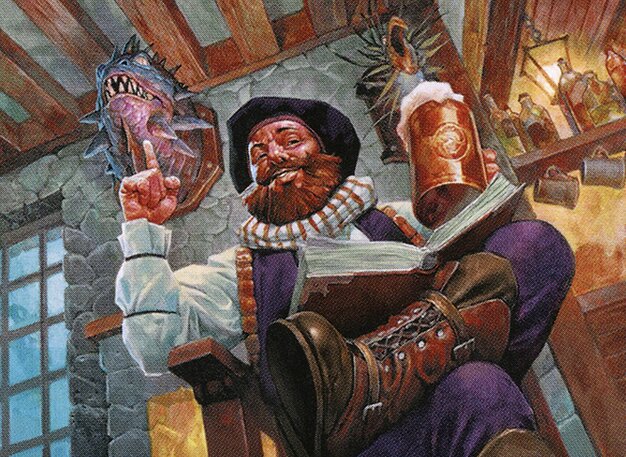
Volo, Guide to Monsters
Copy creature spells, especially elementals, to double triggers and create overwhelming board presence for value and pressure.
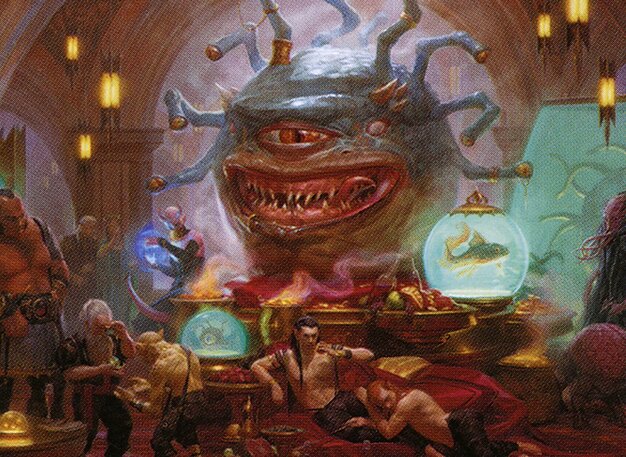
Xanathar, Guild Kingpin
Play a lantern-control style deck that controls artifacts and manipulates the top of libraries to disrupt opponents while gradually gaining advantage.

Oswald Fiddlebender
Sacrifice and tutor artifacts continuously to generate value, recur key pieces, and build a strong artifact-based board state.
Gameplay Insights
- 1
Oswald's ability to sacrifice artifacts and tutor others created a powerful value loop that kept his board state resilient and adaptive.
- 2
Volo's replication of creature spells, particularly elementals, allowed for explosive board development and multiple triggered effects.
- 3
Xanathar's lantern-control style deck excelled at controlling opponents' draws and plays by managing artifacts and library manipulation.
- 4
Agent of Treachery was a pivotal card that shifted board control by stealing key permanents from opponents, impacting the game's momentum.
- 5
Players prioritized timing of their artifact sacrifices and creature casting to maximize value and disrupt opponents’ strategies effectively.
Notable Cards
-
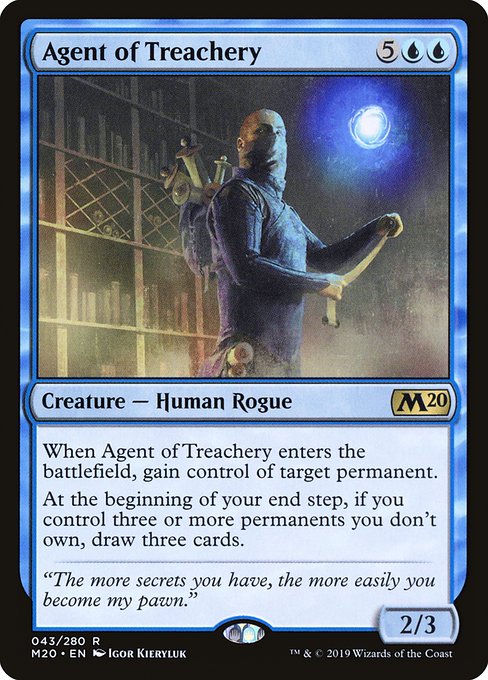
Agent of Treachery
-
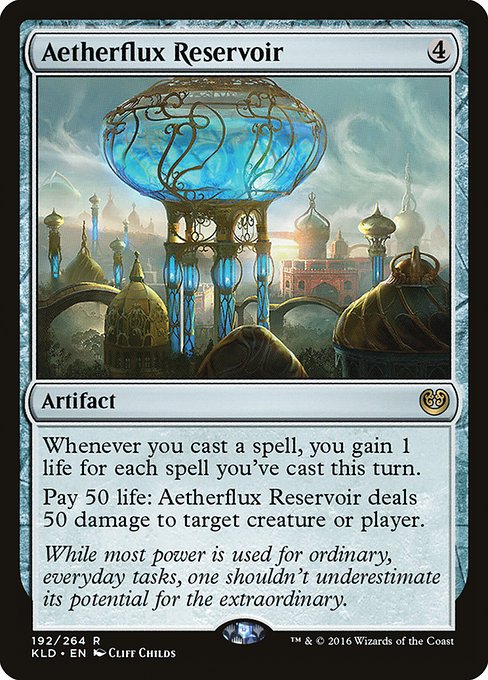
Aetherflux Reservoir
-
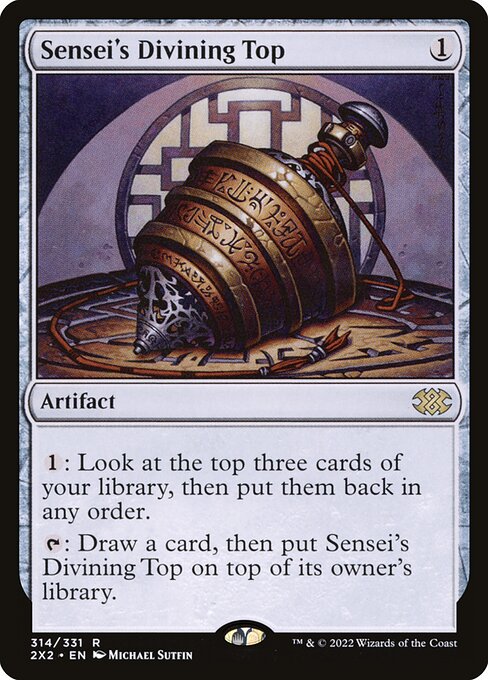
Sensei's Divining Top
-
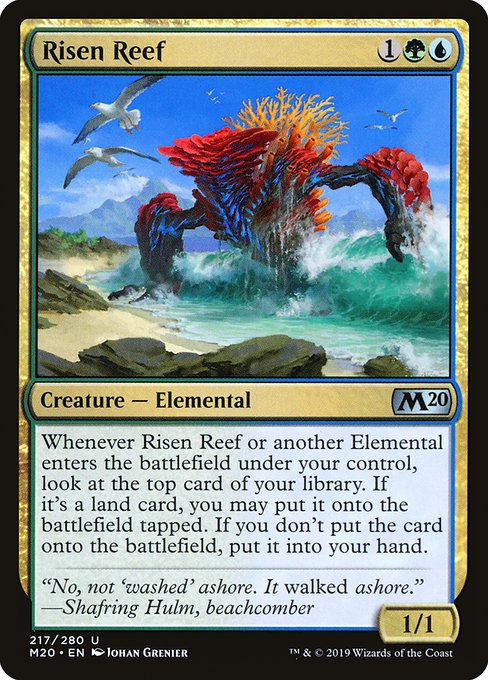
Risen Reef
-
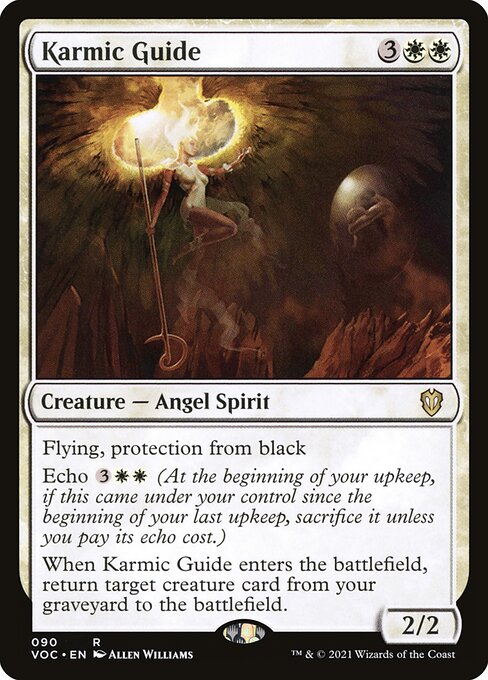
Karmic Guide
Gameplay Summary
The multiplayer Commander game featured four distinct decks led by Sefris of the Hidden Ways, Volo, Guide to Monsters, Xanathar, Guild Kingpin, and Oswald Fiddlebender.
The game began with players developing their boards and executing their unique strategies.
Oswald's deck focused on artifact recursion and value by sacrificing artifacts to tutor and replay others, enabling continuous board development.
Volo's deck leveraged its ability to copy creature spells, particularly elementals, to generate value and overwhelm opponents with multiple triggers and board presence.
Sefris aimed to venture into dungeons to gain incremental advantages and grind value through graveyard interactions.
Xanathar's deck played a disruptive, lantern-control style, focused on artifact control and manipulating the top of libraries to hinder opponents' plays while slowly gaining advantage.
A key turning point involved the use of Agent of Treachery, which dramatically swung board control by stealing critical permanents from opponents.
Throughout the game, players carefully navigated their resources and timing, with disruption and value engines clashing until a decisive win condition was established by one of the artifact-centric combos or creature value engines.
The game showcased the synergy between artifact recursion, token generation, and control elements to secure victory.
![Oswald vs Volo vs Xanathar vs Sefris [EDH/Commander, Magic The Gathering Gameplay] 2021 thumbnail](https://i.ytimg.com/vi/bag0iqwohok/maxresdefault.jpg)





![Trelasarra vs Wilhelt vs Sefris vs Kaima [Budget EDH/Commander, MTG Gameplay 2022] thumbnail](https://i.ytimg.com/vi/3jTvJtQ7wDc/sddefault.jpg)
![Blue in a Blue World, ft. Sefris, Averna, Grazilaxx, and Jan Jansen [EDH/Commander Gameplay 2023] thumbnail](https://i.ytimg.com/vi/RLy6a-8MJiA/sddefault.jpg)
![Adrix & Nev vs Vadrik vs Volo vs Millicent [ EDH/Commander, Magic The Gathering Gameplay ] 2022 thumbnail](https://i.ytimg.com/vi/hn0Dvfv-koM/sddefault.jpg)
![Kaalia vs Delina vs Volo vs Nekusar [EDH/Commander, MTG Gameplay 2022] thumbnail](https://i.ytimg.com/vi/25yDYox6MVQ/sddefault.jpg)
![Volo vs Toxrill vs Zangief vs Will & Hopper [EDH/Commander, MTG Gameplay 2022] thumbnail](https://i.ytimg.com/vi/dJHKsulpf2M/sddefault.jpg)
![Sefris vs Will & Max vs Awaken the Blood Avatar vs Burakos [EDH/Commander, MTG Gameplay 2022] thumbnail](https://i.ytimg.com/vi/vGBpSJPhu1c/sddefault.jpg)
![Yarok vs Inalla vs Nekusar vs Yuriko [EDH Gameplay] 2019 thumbnail](https://i.ytimg.com/vi/DMN5TuN0Lhw/sddefault.jpg)
![Lord Windgrace vs Tuvasa vs Niv Mizzet vs Yuriko [EDH Gameplay] 2020 thumbnail](https://i.ytimg.com/vi/PVpLAAPdUg0/sddefault.jpg)
![Zacama vs Lord Windgrace vs Kalamax vs Nicol Bolas [EDH Gameplay] 2020 thumbnail](https://i.ytimg.com/vi/gxW36IDCHOg/sddefault.jpg)
![Tuvasa vs Drana vs Greven vs Yuriko [EDH Gameplay] 2020 thumbnail](https://i.ytimg.com/vi/-hHy2sHIzKw/sddefault.jpg)






























